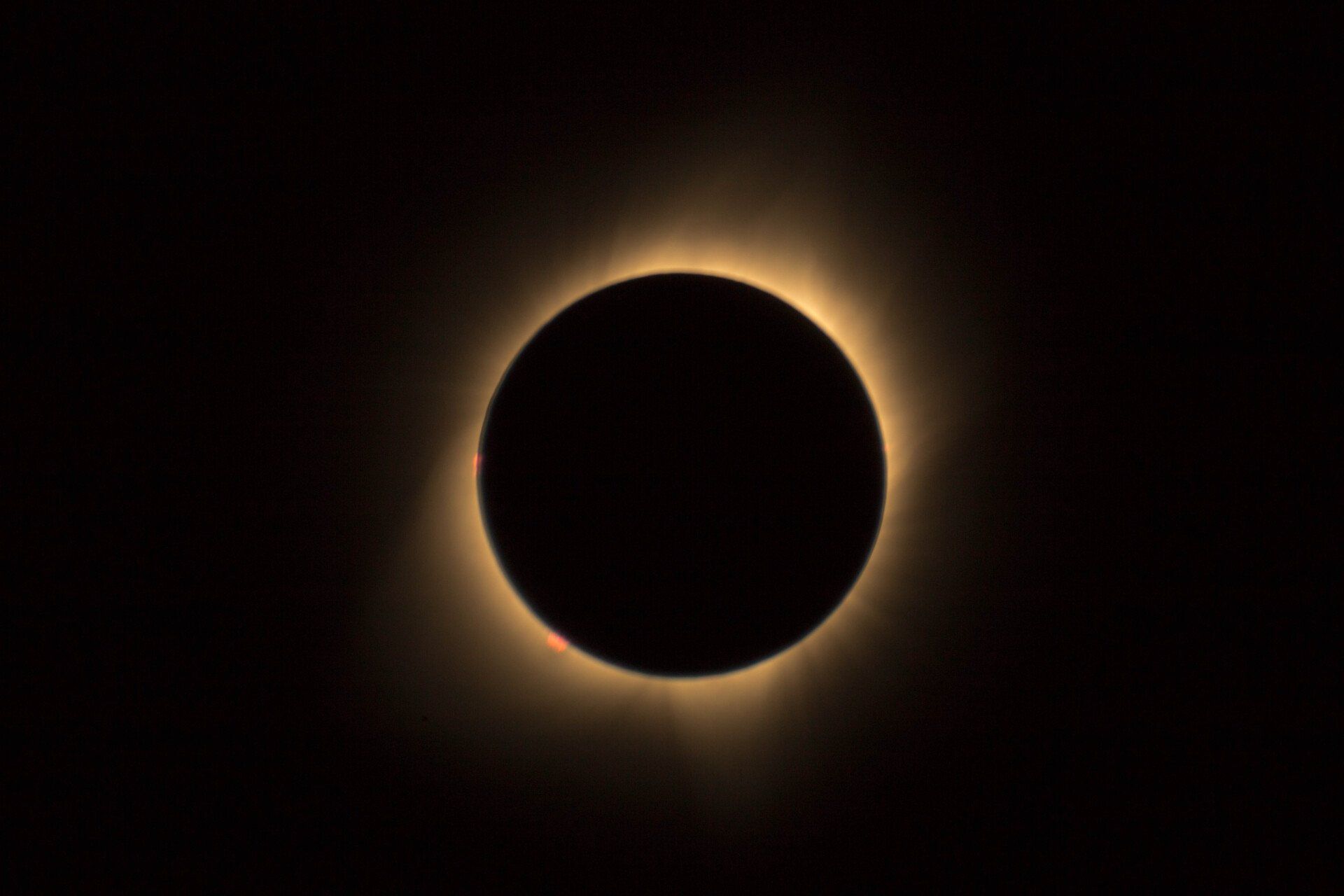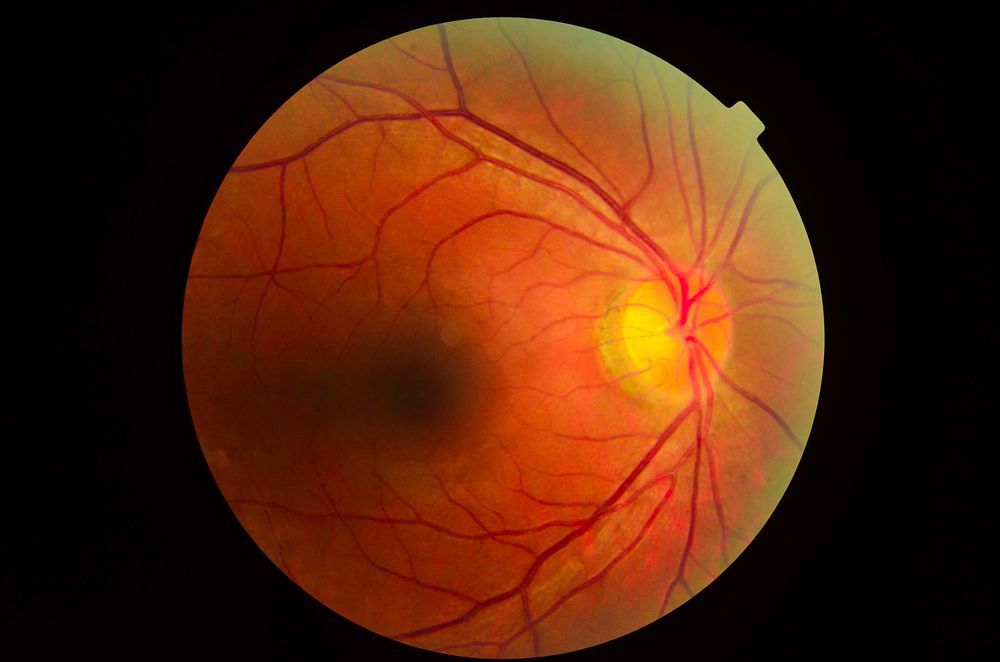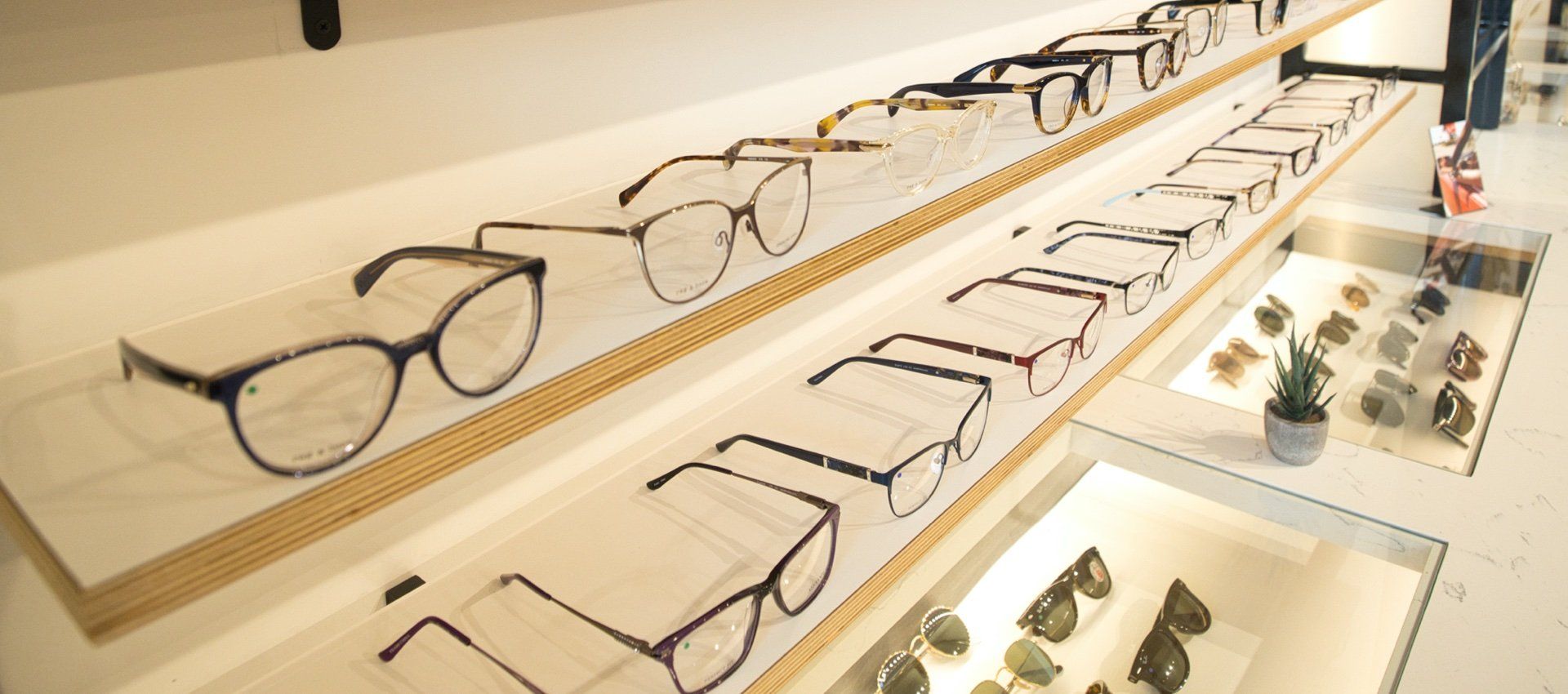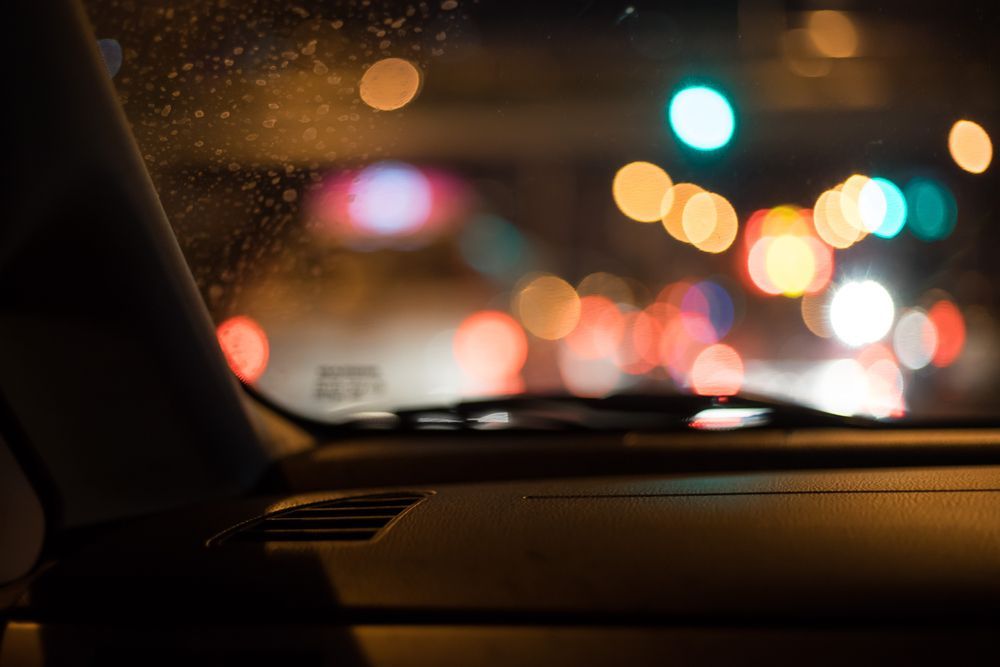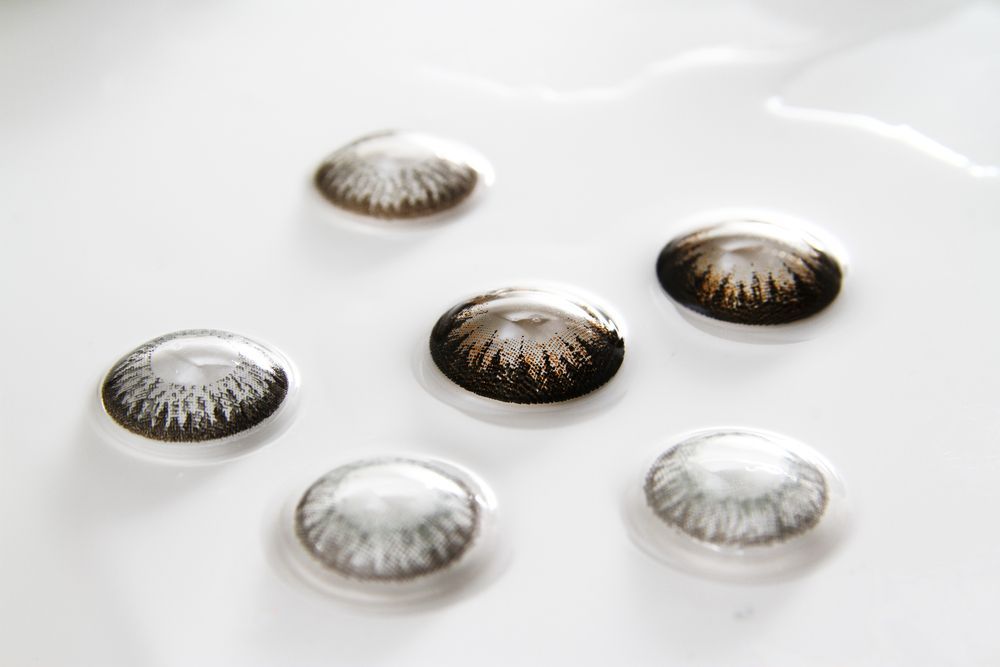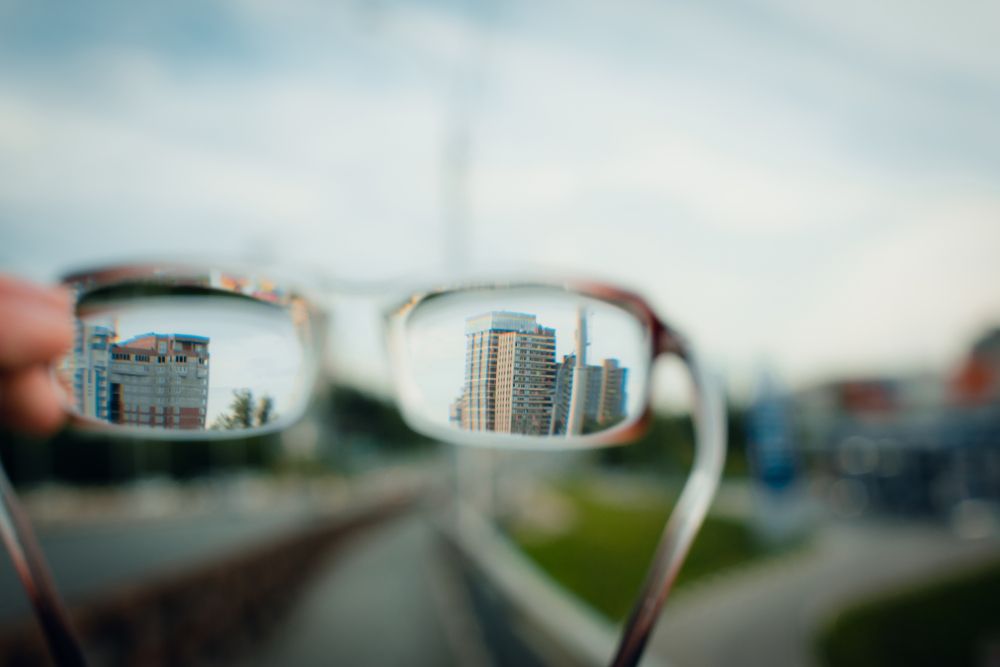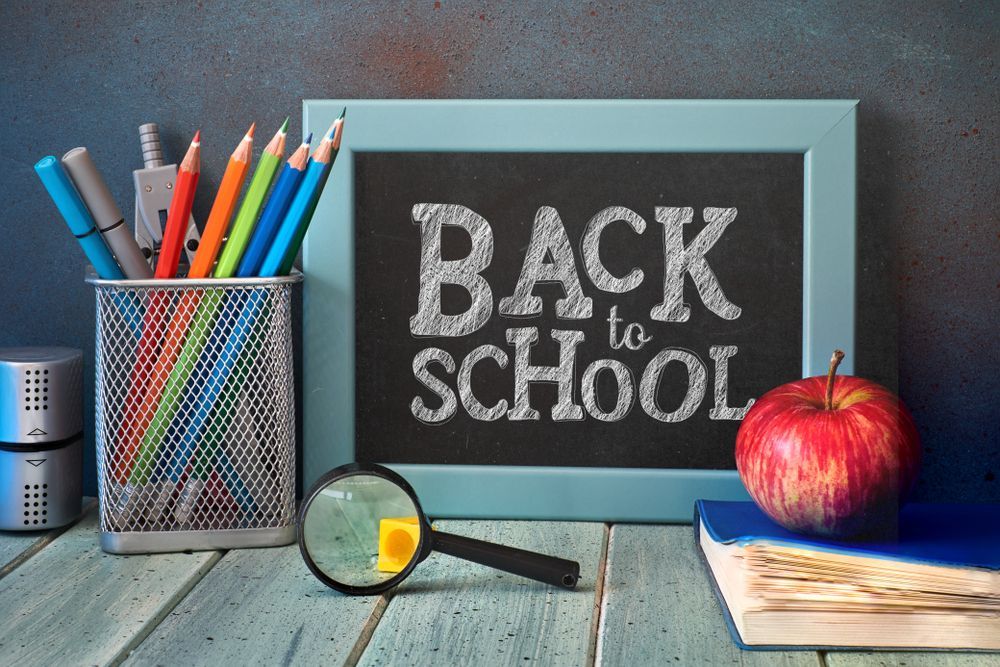You're probably already familiar with the phenomenon of a solar eclipse, which occurs when the moon slides between the earth and the sun, temporarily obscuring our view of the sun, either partially or completely. This celestial event, lasting only a few minutes, leaves an enduring sense of awe. On April 8th, Oklahoma will be treated to a solar eclipse, with Ardmore and nearby areas witnessing a 95% eclipse around 1:45 pm.
The Solar Eclipse and Your Eyes
Ever wondered why you're advised not to look directly at a solar eclipse? We're here to explain! It's common knowledge that gazing at the sun on a regular day isn't great for your eyes. However, it might be surprising to learn that during a solar eclipse, the same harmful rays can be just as damaging, even if only a tiny fragment of the sun is visible. The exception is during a total solar eclipse. During those brief moments when the sun is completely covered (apart from its corona, which appears like a halo), it's safe to view the eclipse without protective eyewear.
The Hidden Risks of Solar Eclipses: Understanding Solar Retinopathy
Solar retinopathy is a serious, though often overlooked, risk associated with watching solar eclipses without proper eye protection. This condition occurs when the sun's intense light floods the retina, the part of the eye responsible for detecting light and sending signals to the brain.
Signs and Symptoms of Solar Retinopathy:
- Loss of Visual Acuity: Difficulty in seeing fine details, possibly accompanied by a central blind spot.
- Altered Color Vision: Colors may appear faded or distorted.
- Increased Light Sensitivity: You might find bright light uncomfortable or even painful.
- Pain or Discomfort in the Eyes: A feeling of pressure or discomfort in the eyes, although this is less common.
These symptoms might not be immediate and can develop over hours or days following exposure. The damage can be temporary or permanent, depending on the duration and intensity of exposure.
How to Safely Experience a Solar Eclipse
Experiencing a solar eclipse can be a magical and educational experience if done safely. Here’s how you can enjoy it without risking your vision:
- Specialized Solar Eclipse Glasses: ISO-certified solar viewing glasses are designed to safely filter out harmful solar radiation. Regular sunglasses, no matter how dark, are not adequate.
- Pinhole Cameras: This DIY method involves projecting the sun’s image through a pinhole onto a flat surface, allowing you to view the eclipse indirectly.
- Telescope or Binoculars with Solar Filters: If using these devices, ensure they are equipped with solar filters. Never attempt to view the sun through any optical device without proper filtration.
- Avoid Improvised Filters: Materials like CDs, smoked glass, or film negatives are not safe for viewing the sun.
- Educate and Supervise Children: Ensure that children understand the importance of never looking directly at the sun and that they use eclipse glasses correctly.
Your eyes are irreplaceable, and their care should be a priority. If you notice any symptoms of eye discomfort or vision changes after viewing a solar eclipse, it’s crucial to seek medical attention from your optometrist. Stay tuned to our blog for more eye health tips and insights, and feel free to reach out with any questions or concerns about your eye health. Call us at 580-223-7333 or use our online scheduler to schedule an exam.

